'Cycling needs to learn from the automotive industry to reach untapped market', say car design experts
Many cyclists buying entry-level hybrids would spend more if there was a bike equivalent to the SUV, says research and design company
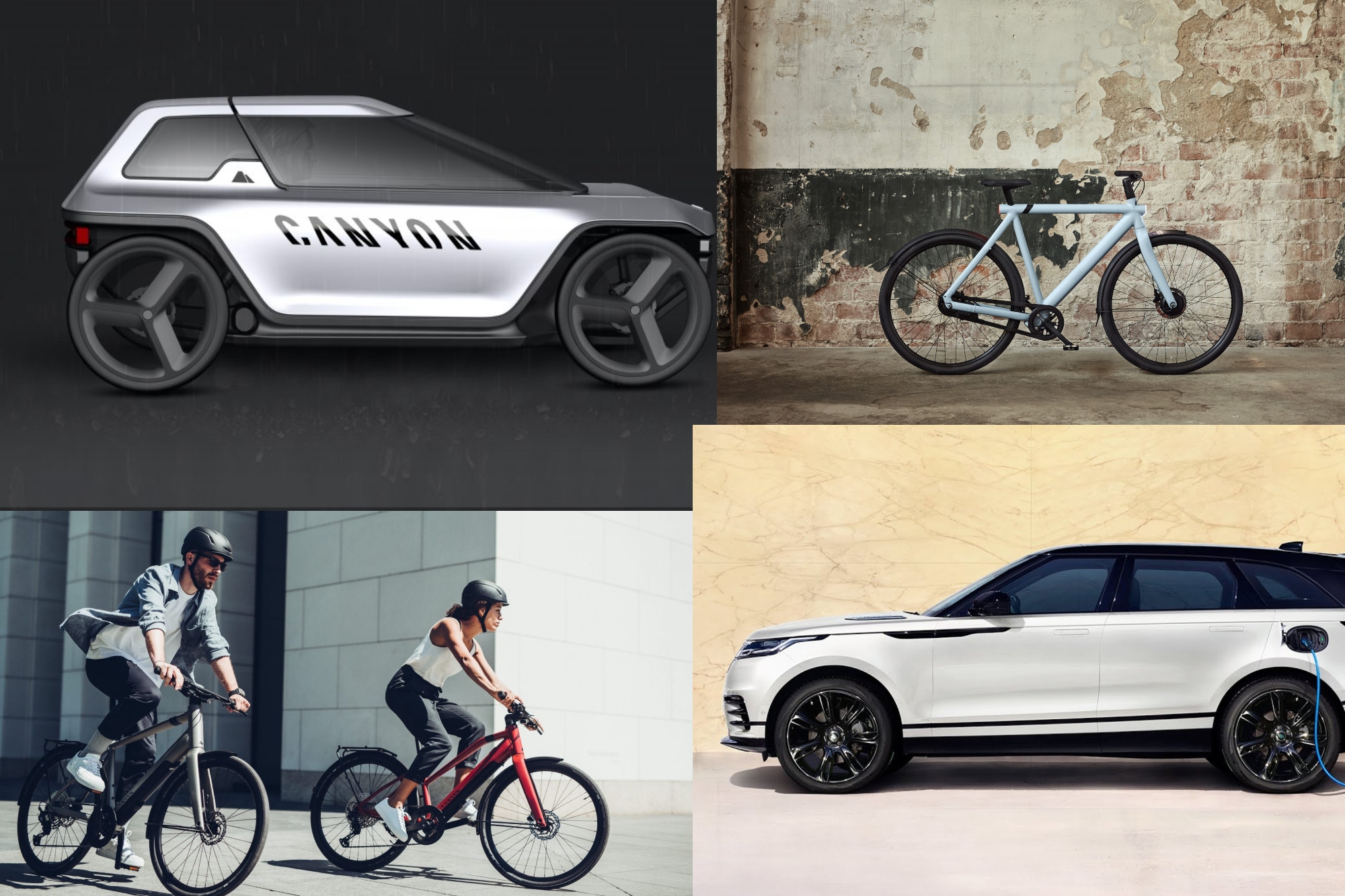

Cars are big business. The automotive industry has bigger budgets and more room for exploration when compared with our own market, which is more often both figuratively and literally precariously balanced and trying to stay upright.
However, the Covid crisis has resulted in a huge increase in the number of people cycling, with reports of increases as high as 200 per cent according to Transport Secretary Grant Shapps. The audience is all of a sudden growing - but is the bike industry ready for that? Apparently not, according to experts at Car Design Research.
When Car Design Research - which offers its services to brands like Ford, Toyota and Volvo - came to Cycling Weekly with ‘advice for the cycling industry’, we expected the conversation to revolve around production and manufacturing. Whilst it's no surprise that a design strategist is going to find avenues for improvement within his own area of expertise, Car Design Research's Robert Dooley makes some good points when he says that the bike industry is missing a trick.
“If you’re already into the cycling world and are engaged, you understand what you’re buying. But if you aren’t engaged - which the majority aren't - it seems cycling and the way it's spoken about and how bikes are designed is very disconnected from most people who ride bikes,” says Dooley, who is currently completing a PhD in automotive design, but rides a Canyon Ultimate when not at a desk.
“The options for many people looking for a bike to get from A to B on are a £250 entry-level bike, where the buying experience isn't what they’re used to in other areas of their lives, or going to a specialist brand where all the jargon and information is impenetrable to anyone who doesn’t have a fairly high level of understanding to begin with,” Dooley says.
“How you use design as a tool to elevate seems to be what’s missing for bikes,” he states.
The next comment on Dooley's lips may be quite controversial to a dyed-in-the wool cyclist, who considers a 0.5º slackening of a head angle to be bold, and an extra 5mm of clearance to represent a whole new genre. But perhaps, from an outsider’s point of view, these features may not be quite so revolutionary.
"The design isn't really relied upon to make a differentiation between bikes: you go onto a leading brand’s website and the frames - the designed element of the bike - they all look the same, and they play second fiddle to the supplier, such as Shimano.”
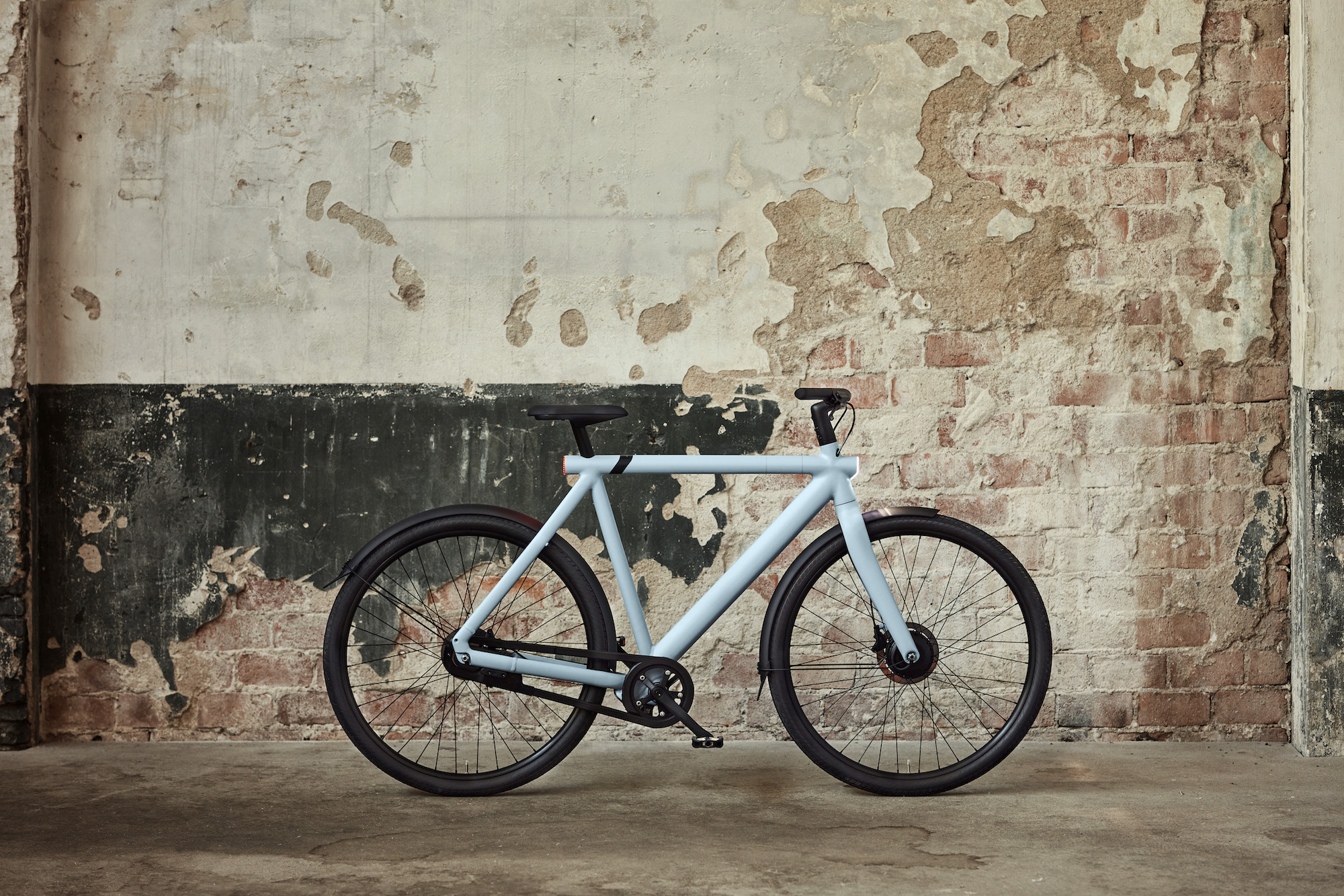
“The result is that a lot of new cyclists opt for cheaper bikes, just thinking ‘a bike is a bike’, and there isn’t much to attract them to do otherwise, aside from a few small brands.” Here, Dooley uses the example of VanMoof, the electric bike manufacturer which makes premium models with a unique aesthetic.
“Mainstream cycling brands seem to act as though the lower-priced bikes are gateways, taking a non-cyclist on a journey to 'becoming a cyclist'. We’re assuming it’s a journey into becoming an enthusiast, as opposed to creating a product that is the best option in terms of topology, specification, and design suited to someone who wants a quality bike, to get around, and not for sport.”
There are exceptions: the Canyon Urban and BMC Alpenchallenge are both high-value, sophisticated hybrid bikes. However, arguably little about the frame shape differentiates these from other options on the market. Regardless if the product is there the mainstream brand websites, adorned by pro cyclists with their legs showing the roadmap to success marked out in veins, probably aren't appealing to the target customer we're discussing.
The sort of person who, in the car world, buys an SUV.
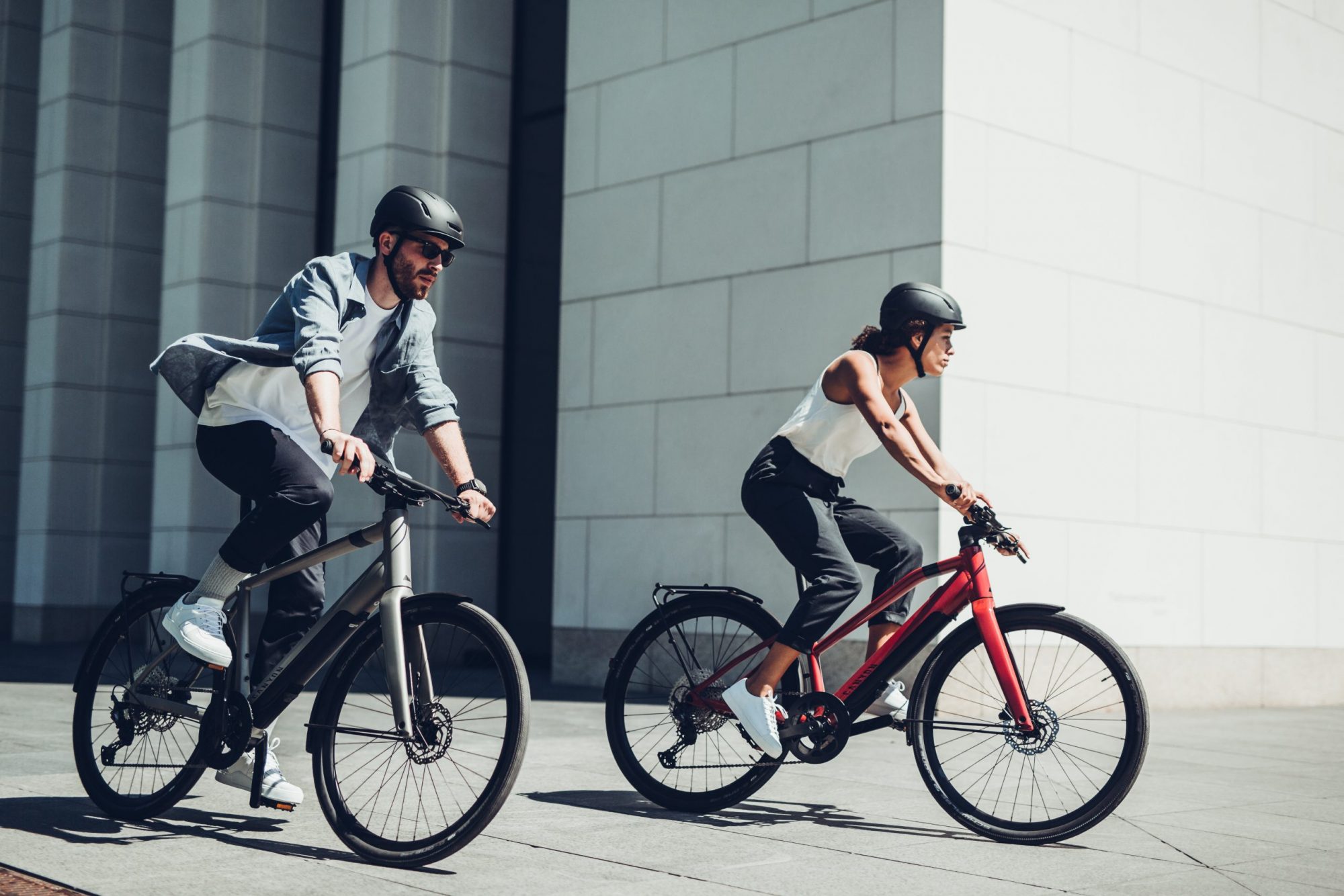
According to Dooley, many new converts to cycling who are currently buying entry-level hybrids could be spending “about £1,500 if there was something with quality design aesthetic and tailored functionality” available.
“These would-be customers don’t want to spend money because there isn't anything they want to spend it on. The general understanding of what's going on is that there is this untapped market.” And what might make them reach into their pocket?
Topology and design
“In automotive terms, an SUV is a topology. At the moment, there are opportunities to find new topologies that don't exist yet within cycling,” Dooley says. “There’s race frames, various hybrid frames, city frames, but none of them will quite deliver for this new [Covid lockdown] type of cyclist who may have a particular design taste that is not catered for in cheaper options, but isn't met by the more sporty options.”
What might these look like? The 'Rapha city wear of bikes' is the comparison that comes to mind. Premium products without a sporting focus. Dooley also draws on the example of SUVs because, love them or hate them, they are extremely popular.
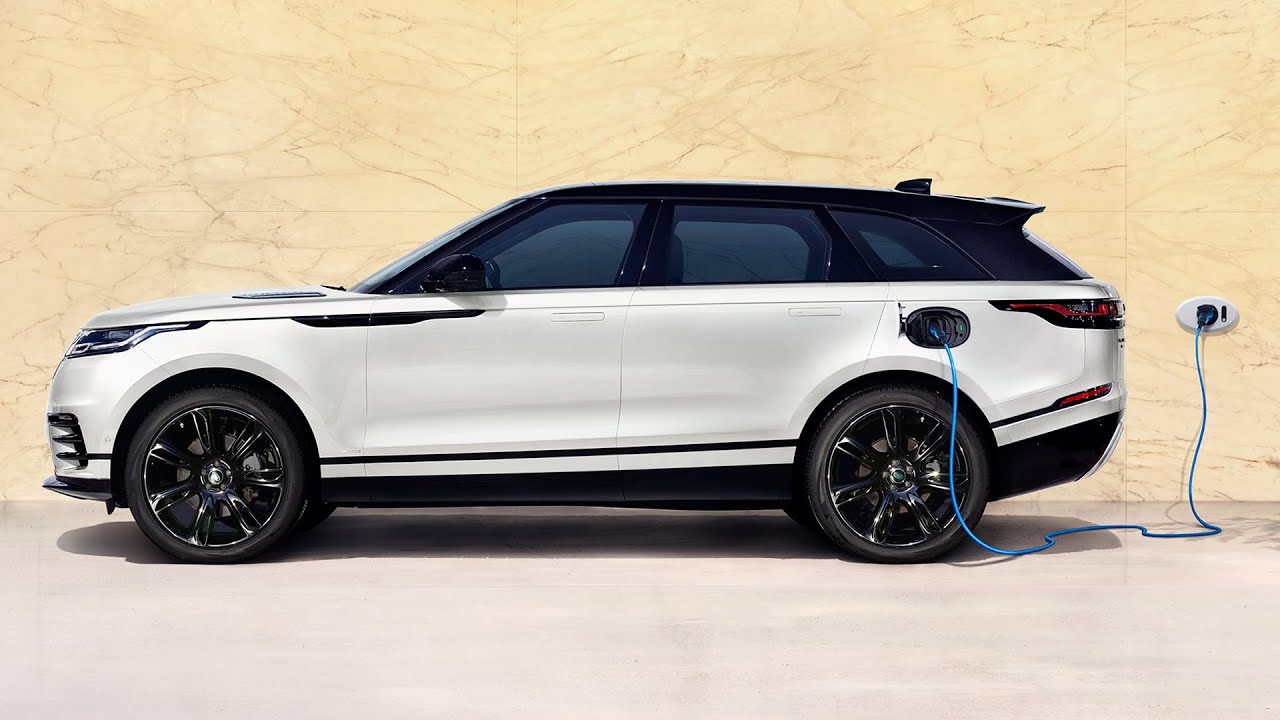
“SUVs are designed to raise the driver up higher, and make them feel therefore safer. Now, we can’t have everyone riding tall bikes - but we can take some lessons to make people feel more in control, more on a level.
“In more recent SUV design the visual weight has been removed, so it’s big, but visually light - it doesn’t look heavy, but gives the driver a feeling of safety,” Dooley uses the example of the Range Rover Velar here. I can't say it's my kinda car, but these things sell.
Buying experience and customisation
“In the automotive space there’s a much broader range of customisation available - which we don’t have in cycling - bikes are still limited to a few colours, for example. Accessories, points of interaction, obvious things around transportation and carrying [are all areas to peruse],” Dooley says.
Currently, Ribble is quite unique in letting customers choose their handlebar width, crank length and more at point of purchase. Something similar for commuters might be the option to choose integrated lighting, neat luggage racks or even an inbuilt a sat-nav system.
The options are endless and stray into the world of driver-assist functions, such as the forward, side, and rear-facing radars, cameras and ultrasonic sensors included on the Model-B ebike design which aimed to teach the bike industry a thing or two last year.
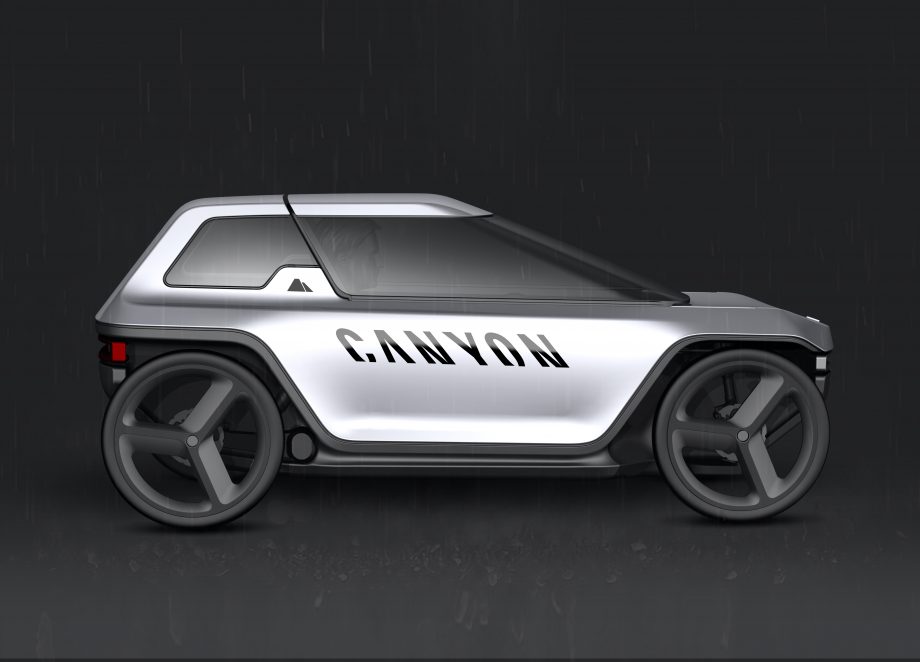
Within the automotive world, shopping is still dealer led - but it’s moving more and more online.
“The automotive industry takes a lot of interest in Canyon because of the direct business model,” Dooley says - though he notes that the industry was unconvinced by the German brand’s concept car (pictured above).
Servicing
The problem with moving buying online is that bikes, like cars, require maintenance - and the commuter who wants a beautiful piece of equipment is not interested in spending weekend hours indexing gears.
“It's got to be online led. But there are a lot of pain points along that way that need to be resolved - the build process, adjustment process when you’ve got it, plus servicing.
"It's about rejigging the relationship between online, brand and customer for a more direct purchasing experience but to ensure there is still that service model on a local level, that seems to be the challenge,” Dooley says, “[the art is in] improving direct channels whilst ensuring a high level of maintenance and service.”
Evidently, Car Design Research has a vested interest in procuring clients from a whole new industry - cycling. However, plenty of what Dooley says resonates, and perhaps in a few years' time we'll be seeing a whole new breed of SUV-themed bicycle roaming the streets.

Thank you for reading 20 articles this month* Join now for unlimited access
Enjoy your first month for just £1 / $1 / €1
*Read 5 free articles per month without a subscription

Join now for unlimited access
Try first month for just £1 / $1 / €1
Get The Leadout Newsletter
The latest race content, interviews, features, reviews and expert buying guides, direct to your inbox!
Michelle Arthurs-Brennan the Editor of Cycling Weekly website. An NCTJ qualified traditional journalist by trade, Michelle began her career working for local newspapers. She's worked within the cycling industry since 2012, and joined the Cycling Weekly team in 2017, having previously been Editor at Total Women's Cycling. Prior to welcoming her first daughter in 2022, Michelle raced on the road, track, and in time trials, and still rides as much as she can - albeit a fair proportion indoors, for now.
Michelle is on maternity leave from April 2025 until spring 2026.
-
 Why do I feel like a cheat every time I ride my e-bike?
Why do I feel like a cheat every time I ride my e-bike?I love my e-bike but struggle with the shame that accompanies me on my rides. Why?
By Simon Fellows
-
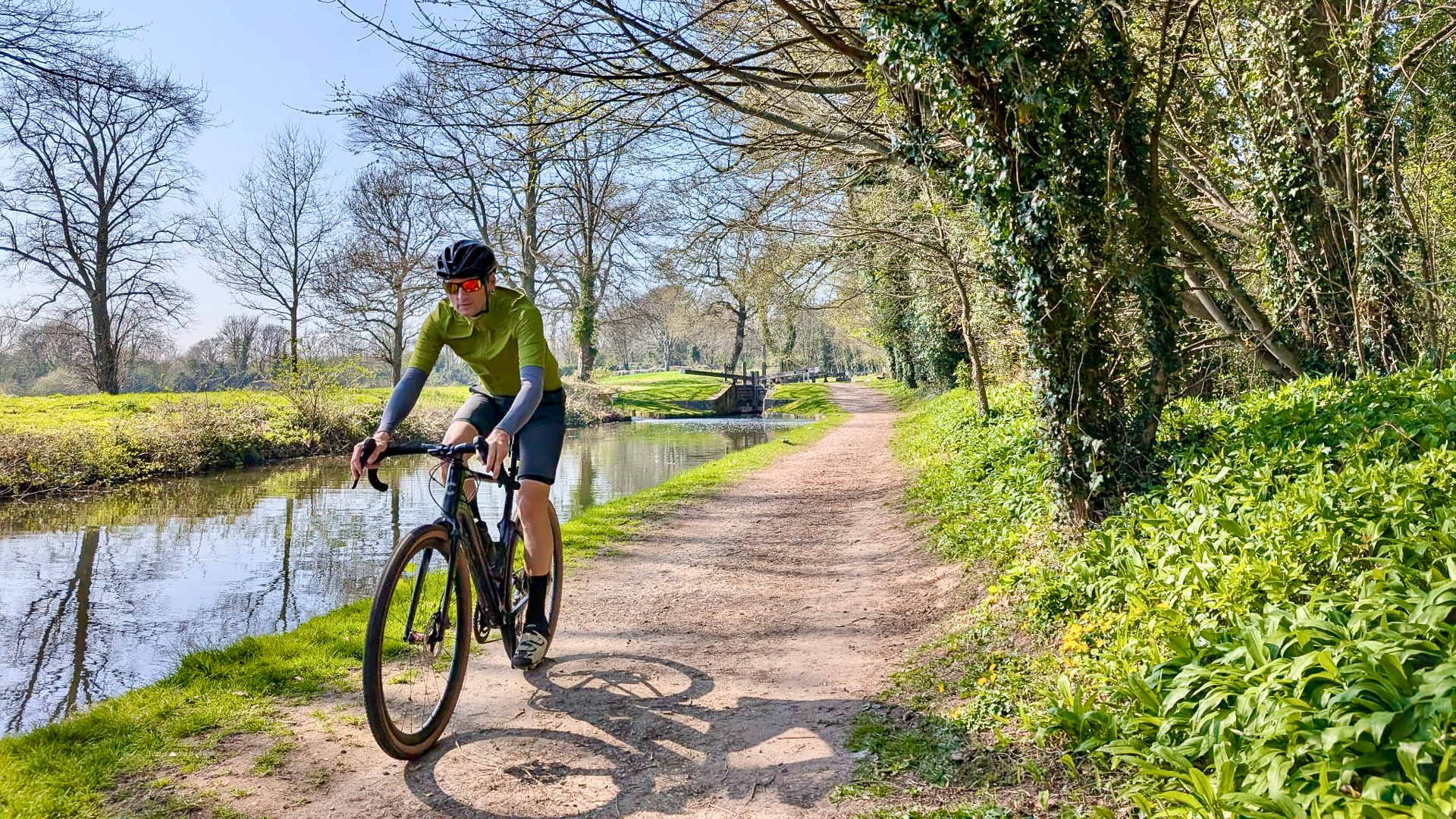 WTB Vulpine S TCS Gravel Tyre review - turbo charge your gravel racing (in the right conditions)
WTB Vulpine S TCS Gravel Tyre review - turbo charge your gravel racing (in the right conditions)The WTB Vulpine S TCS Gravel Tyre is unashamedly aimed at riders who value speed above all else; mudpluggers need not apply
By Tim Russon